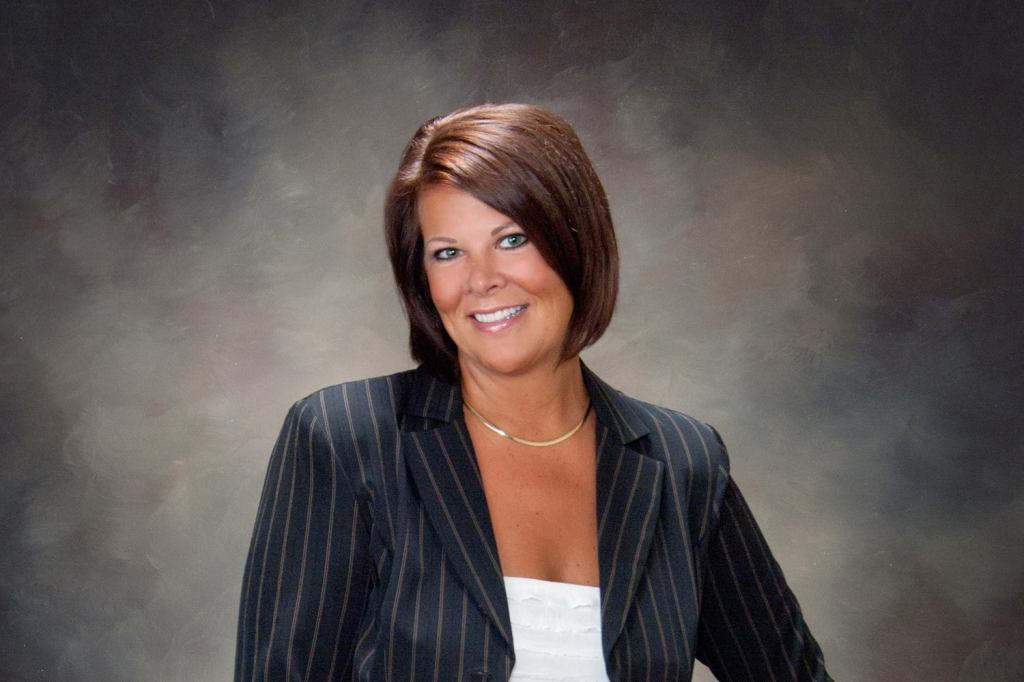Aquatic professionals have been contacting AOAP about liability insurance referrals for years, said Juliene Hefter, executive director for AOAP. But the organization experienced a recent uptick in inquiries after a lifeguard in Stamford, Conn., was charged with first-degree reckless endangerment, a felony, and risk of injury to a minor, a misdemeanor, after what authorities describe as a delayed rescue of a 5-year-old boy. Although the boy survived the incident, the lifeguard still faces criminal charges.
The legal issue prompted the organization to seek out and partner with an insurance broker that could provide coverage for its members.
AOAP has been promoting its new offerings over the last few weeks and the response has been strong. “It’s basically skyrocketed,” said Hefter. “We’ve had tons of members calling us about it and contacting the [insurance] company directly.”
Professionals must prove that they are members of AOAP in order to qualify for discounted insurance rates. And if Evolution determines that they are good insurance candidates, they will be able to select group or individual coverage that meets their specific needs.
The fear of being involved in a lawsuit that is targeted toward an individual, rather than an organization is specifically prompting professionals to seek out aquatic liability insurance, said Logan Fitzgerald, senior vice president of marketing at Evolution.
“[Before individuals began being sued] nobody really thought about personal liability or protecting yourself; you always just want to depend on whoever you’re working with to have coverage,” he said. “[But lawsuits are] making people think about, ‘What do I do for me? How do I make sure I’m covered?’”
AOAP membership has increased by about 3% since the insurance discount became available, said Hefter. And she expects that number to increase over the next several months.

